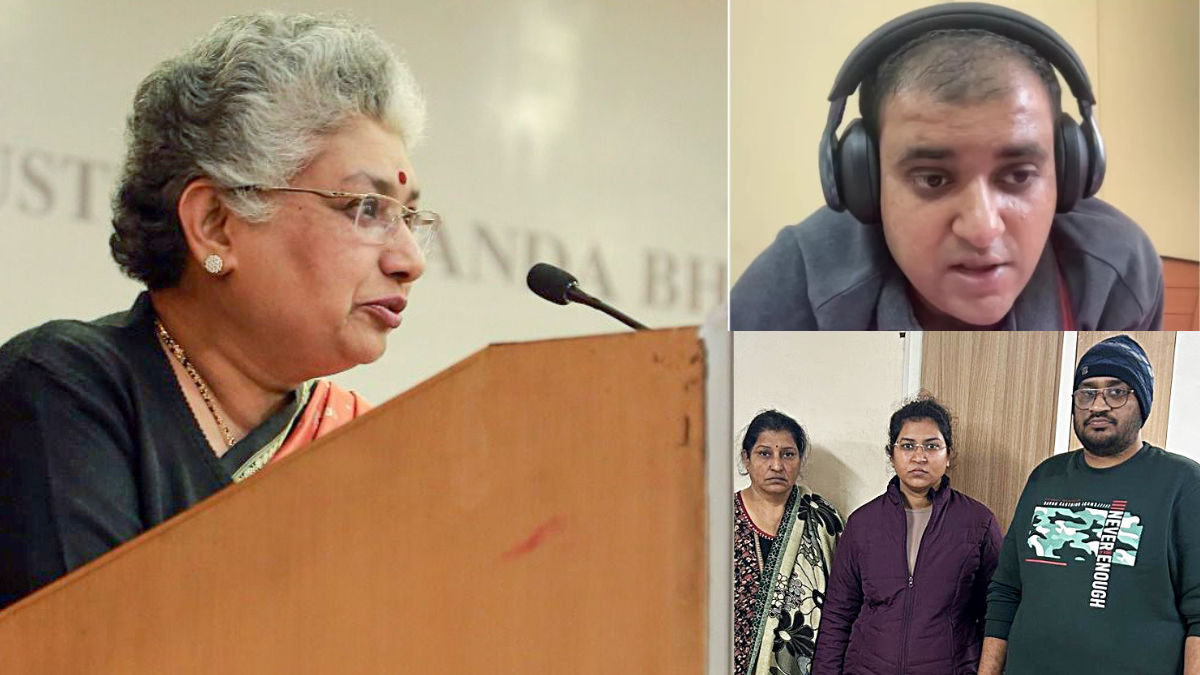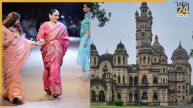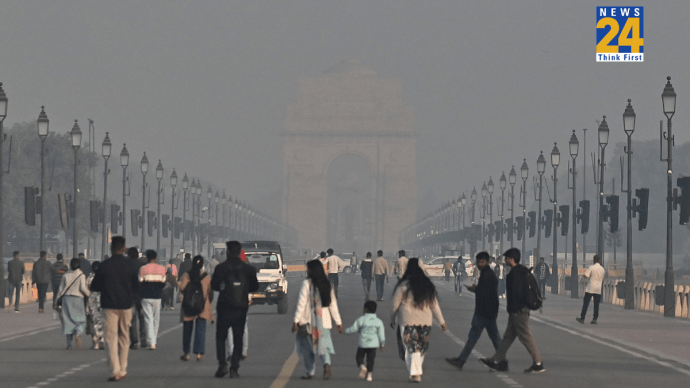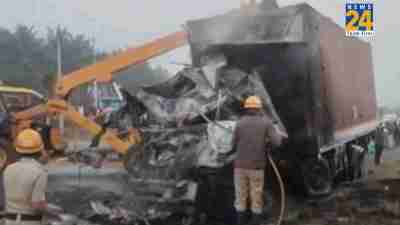In the wake of the outrage following the suicide of a Bengaluru-based techie, allegedly caused by harassment from his wife and in-laws, India’s Supreme Court has garnered attention with its warning against the misuse of the cruelty law in marital dispute cases filed by women against their husbands in a separate matter.
The court said the introduction of Section 498(A) was aimed at stopping cruelty inflicted on a woman by her husband and his family, by ensuring swift intervention by the state. Supreme court also observed that the cruelty law cannot be misused as a “personal tool to unleash vendetta.” “However, in recent years, there has been a notable rise in marital disputes across the country, accompanied by growing discord and tension within the institution of marriage. Consequently, there has been a growing tendency to misuse provisions like Section 498(A) as a tool for unleashing personal vendetta against the husband and his family by a wife.” SC bench stated according to various reports.
According to ‘India Today’, The top court further said that making “vague and generalised” allegations in such cases would “lead to the misuse of legal processes and encourage the use of arm-twisting tactics by a wife and her family”.
“Sometimes, recourse is taken to invoke Section 498(A) against the husband and his family in order to seek compliance with the unreasonable demands of a wife. Consequently, this court has, time and again, cautioned against prosecuting the husband and his family in the absence of a clear prima facie case against them.”
This landmark observation was made by a bench comprising of Justices BV Nagarathna and N Kotiswar Singh. The observation made headlines, particularly as Atul Subhash’s case has come under scrutiny. The techie allegedly took his own life, accusing his wife of harassment, and his suicide note has sparked a nationwide debate about men’s rights in the country. Men’s rights activists contend that Subhash’s death underscores the deep challenges faced by Indian men, drawing attention to how they are being victimized by dowry and domestic violence laws.
Who is BV Nagarathna?
Justice Nagarathna, 61, is in line to be the country’s first woman Chief Justice. Justice Nagarathna began her legal career as a lawyer in Bengaluru. She specialized in constitutional law, commercial law (including insurance law), service law, administrative and public law, land and rent laws, family law, conveyancing, drafting contracts and agreements, as well as arbitration and conciliation.
Born on October 30, 1962, Nagarathna was appointed as an additional judge in 2008 and was elevated to the position of a permanent judge of the Karnataka HC two years later. She currently serves as a judge in the Supreme Court of India. Justice Nagarathna’s potential nomination to the Supreme Court of India in May 2020 placed her in the running to become the first female Chief Justice of the Indian Supreme Court. She was appointed to the Supreme Court on August 26, 2021, and took the oath of office on August 31, 2021.
Known For Her Impactful Remarks And Judgments
Justice Nagarathna has frequently made headlines with her significant judgments and observations. One of her most notable remarks was her objection to CJI DY Chandrachud’s ‘castigation’ of Justice Krishna Iyer in the Community Resources verdict. In his judgment on Article 39(b) , Justice DY Chandrachud disagreed with the perspective of former Supreme Court judge Justice Krishna Iyer, expressed in a 1978 case, that private properties are also part of the “material resources of the community.”
According to ‘India Today’, The Chief Justice remarked that Iyer’s view had done a “disservice” to the broad and flexible spirit of the Constitution. Justice Nagarathna described the CJI’s observations as unwarranted and unjustified. Justice Nagarathna took specific objection to the observation made by CJI Chandrachud in the proposed judgement.
However, Justice Nagarathna concurred with the majority opinion of the eight-judge Constitution bench, which ruled that not all resources owned by private entities can be classified as material resources of the community to be used by the government for the public good.
She has made significant contributions to case disposal, with reports highlighting that during her 13-year tenure as a Judge of the Karnataka High Court, Justice B.V. Nagarathna disposed of an impressive 23,020 cases.
Justice BV Nagarathna is the daughter of the late Justice E. S. Venkataramiah, former Chief Justice of India. She completed her early education at Bharatiya Vidya Bhavan in New Delhi and earned a B.A. in History from Jesus and Mary College, University of Delhi, in 1984. She then pursued a law degree at the renowned Campus Law Center, Faculty of Law, University of Delhi, graduating in 1987.













